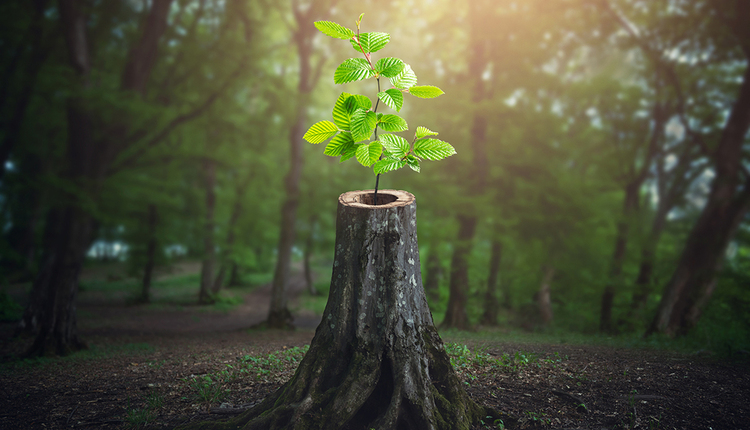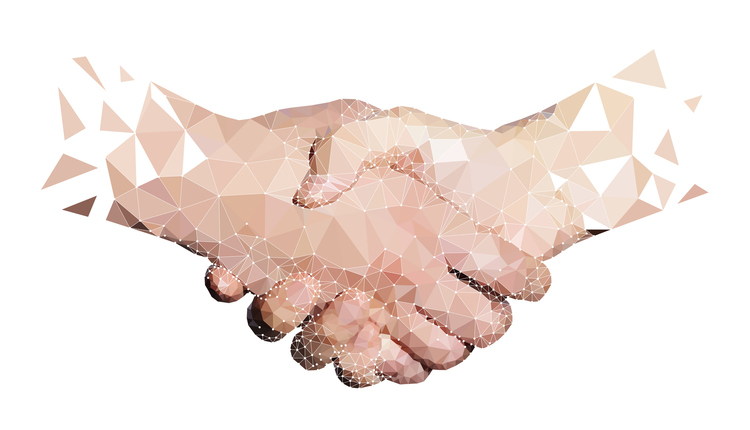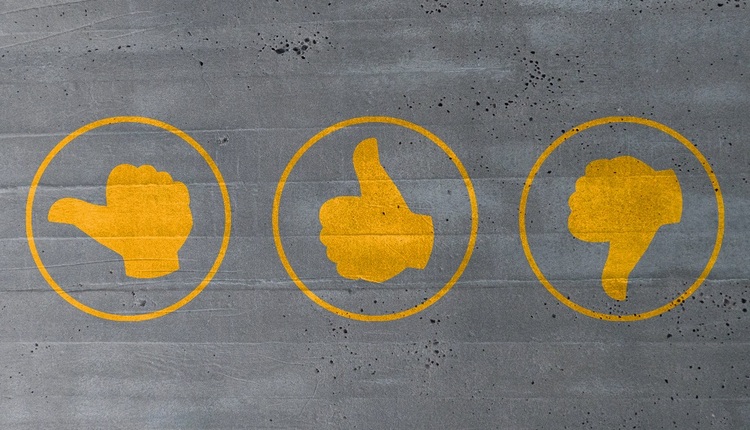The e-commerce supply chain, for all its sophistication, is a violent place if you are a carton that must get from point A to Point B. You are handled by many people who may throw you around without much thought to your importance as a customer’s “first impression.” This carton on your customer’s doorstep is his or her first interaction with your company – so make it a good one. Ship your merchandise in a sturdy and well-packaged container – a corrugated one.
On the surface, both cardboard and corrugated cartons look similar. But when it comes to protecting your product(s), there’s no comparison. Goods shipped in corrugated cartons are less likely to be damaged in shipment than those shipped in cardboard boxes.
Cardboard vs. Corrugated – What’s the Difference?
A carton made of cardboard typically is made of thick paper stock or heavy paper-pulp – the type of material used for cereal boxes or greeting cards. Although corrugated cartons are also made with cardboard, they are much stronger because they are made of three layers – one that includes an inside liner, another that’s an outside liner, and fluting with a ruffled shape, which runs in between the two. This construction gives these cartons much more strength. In addition, corrugated cartons are:
- Less likely to tear or break in transit
- Lightweight, but with a higher strength-to-weight ratio
- Better able to protect the contents
- Cost-effective
- Environmentally friendly
- Better suited for heavier items
- Able to provide some cushioning
- Less likely to be damaged by wet conditions
Both cardboard and corrugated cartons are useful when used appropriately. Cardboard is more useful for lightweight applications such as to-go containers and board games. Corrugated, on the other hand, is the packaging material of choice for shipping boxes. It is strong, durable, provides cushioning, and is easily recycled.
Take a Strong Box and Make It Stronger
Want to enhance the strength of a corrugated shipping box? Seal it with water-activated tape. Water-activated tape creates a permanent bond with a corrugated carton. Once activated with water, the adhesive in this tape literally penetrates the carton material, forming a permanent bond. That means tampering with the box, specifically the seal, is easily detectable because it damages the carton.
In addition, water-activated tape can be reinforced with multiple layers of polyethylene strands that make the bond (and the box) even stronger.
Lynn Padell is the Director of Marketing & Sale Support for Better Packages, Inc. Better Packages, Inc is the leading manufacturer of tabletop water-activated tape (WAT) dispensers used in carton sealing and is a wholly owned subsidiary of Intertape Polymer Group (IPG). For more information, visit www.betterpackages.com and www.itape.com.
Click here to return to the Packaging Solutions topic page.










